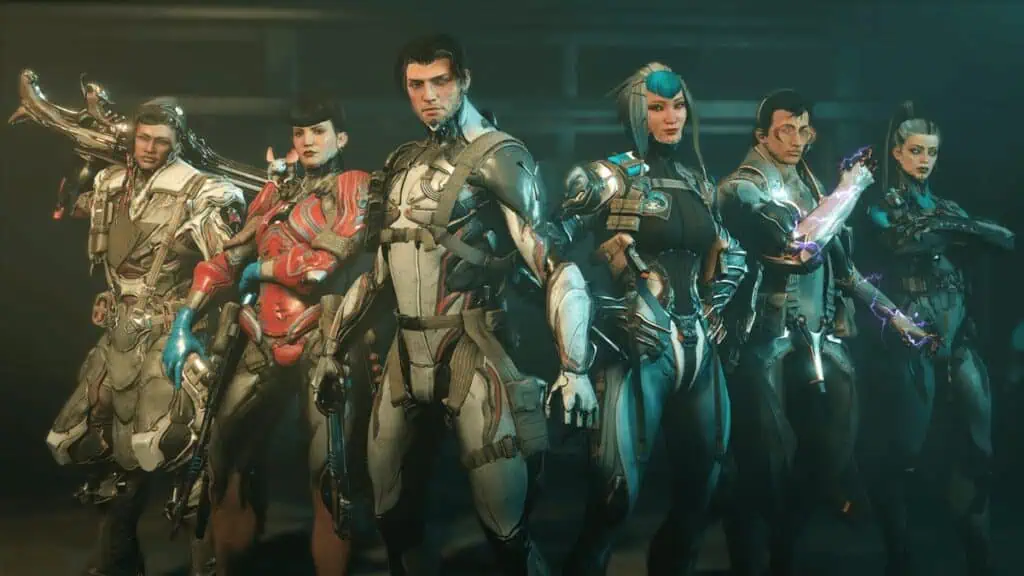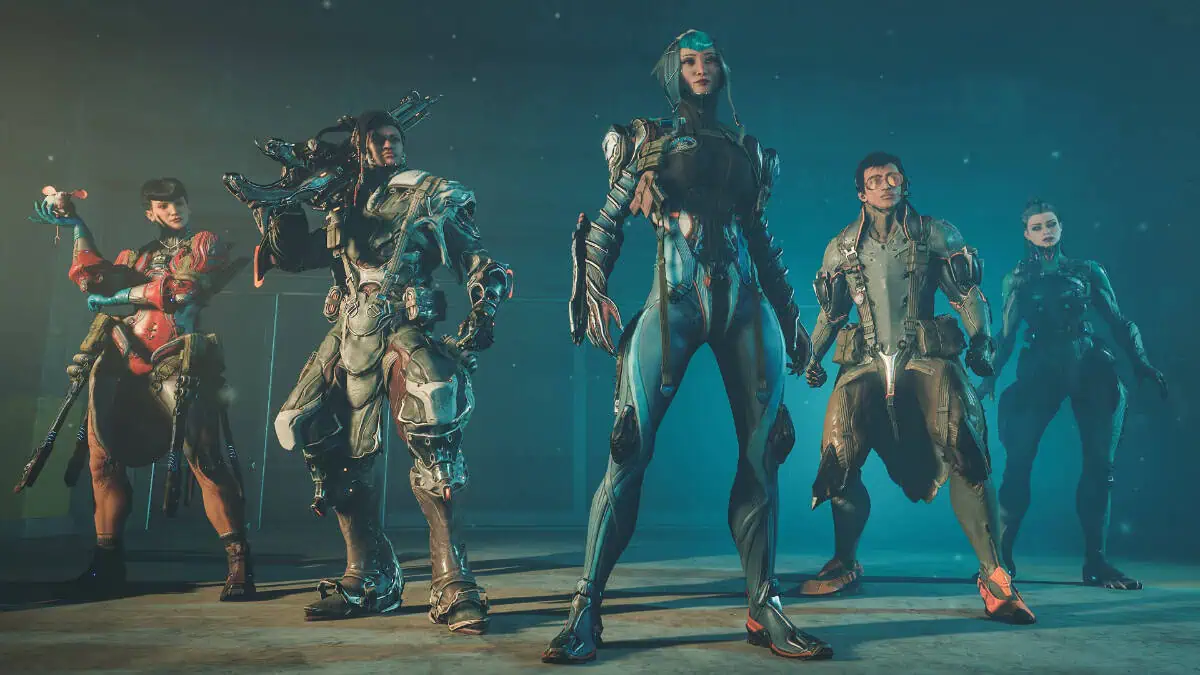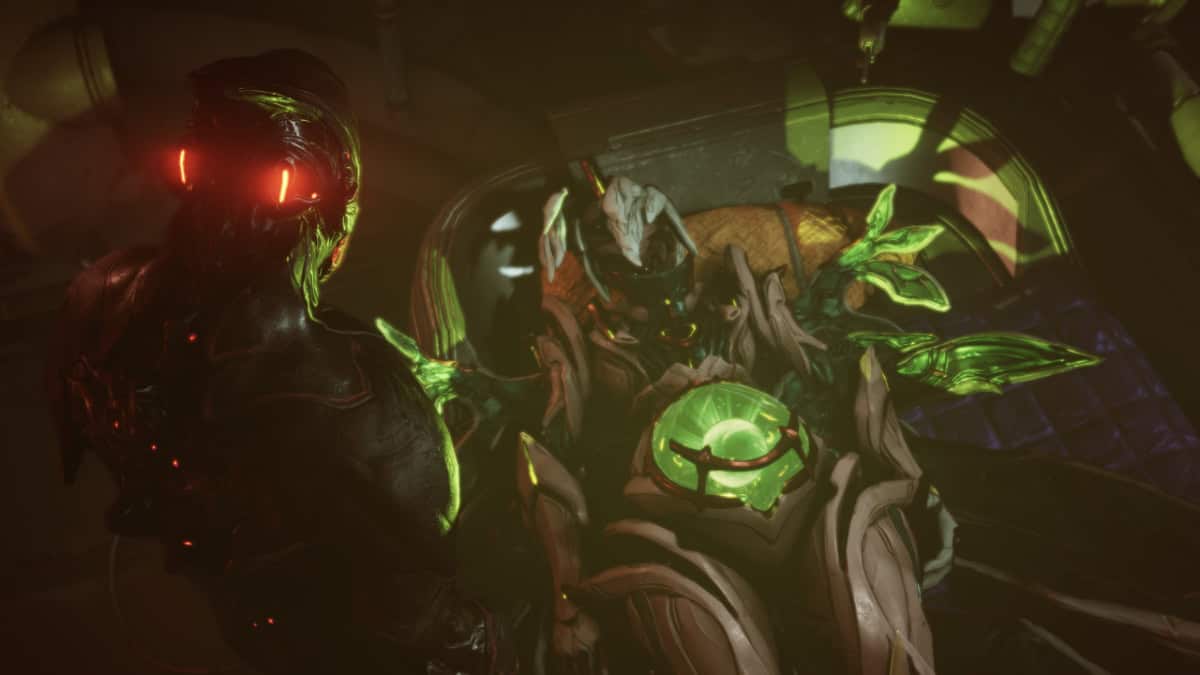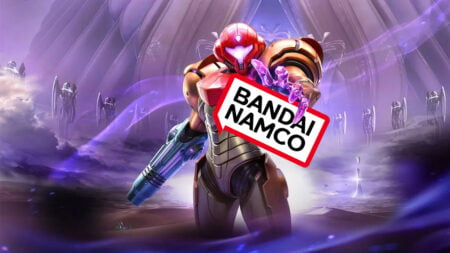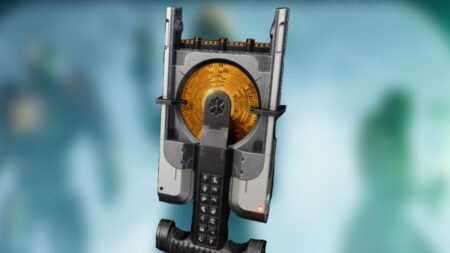Skip To...
It was 2015. I was a broke college kid. Naturally, I had nothing– save for a hand-me-down budget PC, and I wanted to put it to good use. So I booted up Steam, and being the broke teenager I was, I had nowhere to go but the ‘Free Games’ section. Curiously, I pored over the top titles, evaluating which ones were worthy of my time and my limited hardware space (500 GB was big back then!). DOTA 2? Too sweaty. CS:GO? Even sweatier. But then, one game near the top of the rankings caught my attention, Warframe.
Summarizing itself as “ninjas in space,” it had the most interesting sales pitch I read (even though it was free). So, with nothing to lose, I tried it. One thing that distracted me was the rather unforgiving Stamina bar; it detracted from the amazing parkour that put Assassin’s Creed’s to shame.
Do these space ninjas have asthma or something? I asked myself as I pondered over the purpose of that Stamina bar. But it’s a good thing I tolerated it, otherwise, I would have missed something great had I quit over that inconvenience. I didn’t know back then that Warframe would eventually become a genre flag bearer for looter-shooter games and the People’s Champion of the free-to-play model.
“The reason Warframe has worked for 12 years is because it plays like nothing else, it looks like nothing else, it’s made like nothing else. The way we communicate with the community and we develop this game– it’s like nothing else.” –Pablo Alonso, Warframe Game Designer
This is one of Warframe‘s best strengths. Its developers not only listen to and respect their players, but they aren’t afraid to try out new things. The result is a game that has grown incomparably wide and deep, to the point where even some of its ideas are being aped by some of the most popular new titles in 2024.
Warframe Has Come a Long Way
That pesky Stamina bar, by the way? Gone. Players found it annoying, so the developers, Digital Extremes, removed it the very same year I discovered Warframe. Since then, this community-centric change has set a precedent for what would become Warframe’s development philosophy and how it treated its player base.
It’s a game that continues to evolve for the sake of its players. Eventually, the Stamina bar change snowballed into even bigger evolutions. Open-world regions, its own nemesis system, and even Souls-like mechanics have found their way in. And now, the game isn’t showing signs of stopping with Warframe 1999.
It’s not a new game, of course. But with how exciting it sounds, it might as well be. Warframe 1999 is merely the live-service title’s latest big content, and it’s quite possibly their strongest showing ever since Duviri because, in many ways, it’s both a return to form and a progress toward growth and evolution.
Warframe 1999 is Both a Commemoration & an Evolution
Sure, the game has had many huge updates and expansions in the past, but Warframe 1999 is both a love letter to the old and hardcore fans and a fresh new feast for its ever-growing community.
“Warframe, Warframe always changes.” –Steve Sinclair, Digital Extremes CEO
Going back, Warframe had its roots in one of Digital Extremes’ oldest games, Dark Sector (2008). It was an action-adventure game where you play as a Metal Gear-esque human ninja named Hayden Tenno and it became the launching pad for Warframe in the 2010s.
Now, with the theme of Warframe 1999 being a blast from the past (but not really, because of multiverse shenanigans), some of the original Warframes had to don their Proto Warframe appearance. Basically, it’s how they looked before they were turned into biomechanical weapons, and each Proto Warframe is a callback to Hayden Tenno’s more ‘human’ design in Dark Sector.
At the same time, Waframe 1999 will apparently also incorporate more modern mechanics such as a romance (inspired by Baldur’s Gate 3), and more in-depth character dialogue. As soon as they turned their robotic characters back into humans, you could immediately romance them. That’s an opportunity you don’t miss.
“For years, players have done their own version of Warframe romance– what they wish could happen, what they wish could do… I think it’s time. [Warframe] 1999 is the space to do it.” –Megan Everett, Warframe Community Director
There’s also a bit of a nostalgic irreverence thrown in with a parody of late-90s boy bands, a boy band called “On-lyne”– complete with an actual song that you could’ve sworn was one of the less popular tracks in a Backstreet Boys album. That’s on top of the new quests, gameplay, weapons, and of course, a new region/setting.
1999 Sets the Game Back on Track
All of this is a step in the right direction for Warframe, releasing content that’s actually more relatable or more marketable compared to something like Duviri or The New War, both of which catered to the more hardcore and long-term players.
If I’m being frank here, there were periods when Warframe felt like it was starting to become dozens of different games glued together, especially during the Lunaro days (an obvious reaction to Rocket League‘s popularity). You could even compare it to Path of Exile given how bloated it can feel and how useless most tutorials will be for any newcomer.
“[Warframe 1999] It is positioned for [Warframe] veterans.” –Pablo Alonso, Warframe Game Designer
That’s why it feels like Warframe 1999 is going to be one of Warframe‘s most impactful developments for this decade. The update plays well to Warframe‘s looter shooter roots and more importantly, it revisits old Warframes (and hopefully old systems) and gives them a new coat of paint.
Being that it’s also Warframe‘s latest expansion-sized content in the pipeline (and free too!), Warframe 1999 is no doubt a treat for just about everyone in the Warframe player, new or old.
Warframe was Getting too Big for Warframe
Still, as it turns out, too much ambition for an old 2012 game, and its aging engine is not always for the best.
The Duviri Paradox update was the perfect example of this. It was Warframe‘s Souls-like twist and also served as a ‘revamped’ tutorial phase to usher in newcomers while also providing a new endgame treadmill for older players. But for many, it was yet another content island for the looter shooter– another part of the game that felt like it belonged to another genre or another title.
While the ideas implemented in Duviri were jaw-dropping, it also showed Warframe‘s limitations, especially with melee combat and its implementation of open-world environments. Even the lore behind it was a bit of a cop-out, especially once you find out that the whole Duviri plane is just a dream. The result was a bit of a disjointed execution.
Warframe‘s ideas were getting too big for Warframe. That’s why the new sister game, Soulframe, provided an avenue for more of Digital Extremes’ ideas to blossom in a way that’s free from Warframe‘s shackles.
Warframe Grew so Big, it Birthed Soulframe
In the most recent TennoCon 2024, Digital Extremes not only unveiled Warframe 1999, but Soulframe‘s demo was also notably present. It’s Warframe‘s fantasy counterpart, focusing on more methodical melee gameplay in stark contrast to high-octane run, gun, slash, and dash action.
Soulframe is poised to be Warframe‘s sister game, and an MMORPG to boot, instead of the latter’s rather constrained looter-shooter structure.
“In terms of being transparent with the community– involving them, you can already see that happening with the previews. There’s gonna be a lot that we ‘steal’ from Warframe, but in a different way.” –Sarah Asselin, Warframe Community Manager
It’s where Digital Extremes could finally explore new, ambitious ideas and hopefully, trendsetter mechanics similar to Warframe‘s modding system, all unfettered. Moreover, Soulframe‘s inception is also arguably great for Warframe. The move allowed Warframe to focus on content like Warframe 1999— strengthening its old systems while introducing new but familiar ones simultaneously instead of piling on more content islands.
At this stage, of course, it’s still too early to tell if Soulframe will have the same potential as its bigger sibling. Some reactions have been lukewarm. But remember this: Warframe had a rough start and nearly bankrupted its developers; its developers then turned their situation around and vastly improved the game. It is now one of the most successful free-to-play games in the market.
“We’re not gonna listen to publishers. We’re gonna listen to players instead. And we’re gonna do that again with Soulframe. So join us!” –Steve Sinclair, Digital Extremes CEO
Treat that as an indication that anything is possible for Soulframe and its developers, even this early on. In the meantime, there’s plenty of Warframe and later on, Warframe 1999, to enjoy. Now excuse me while I grind for Archon Shards with my asthma-free space ninja.

